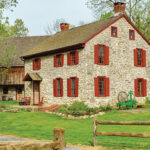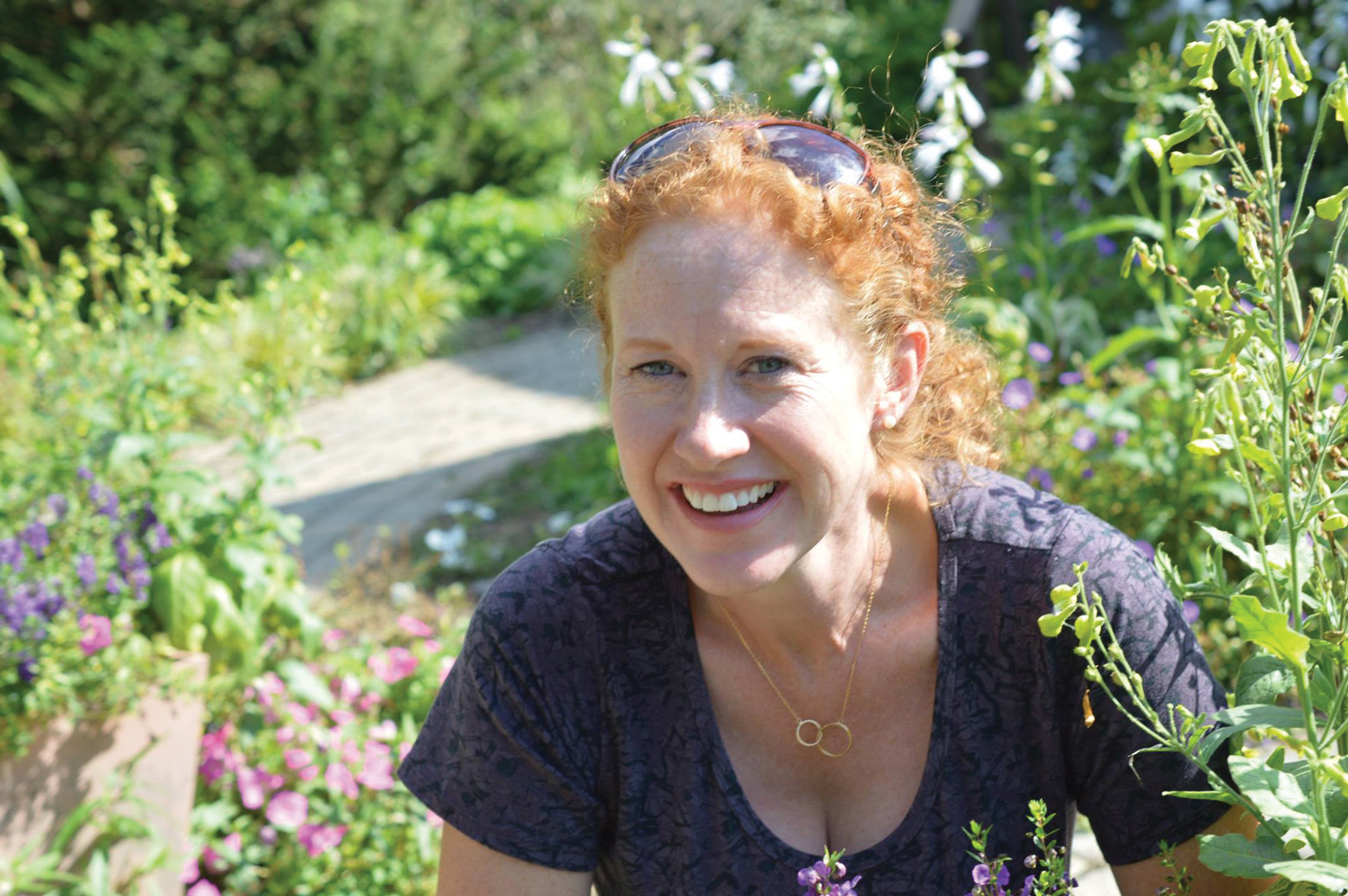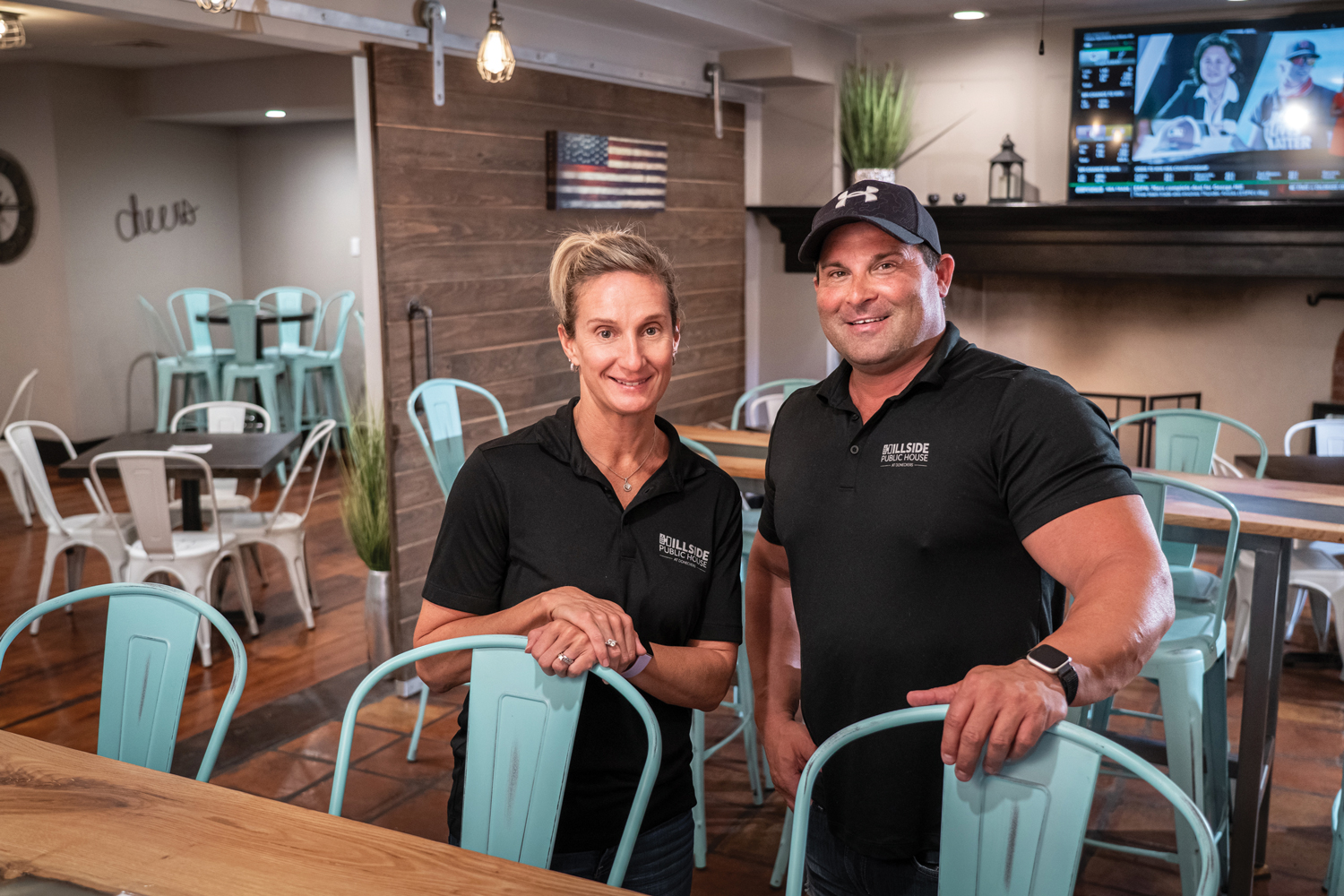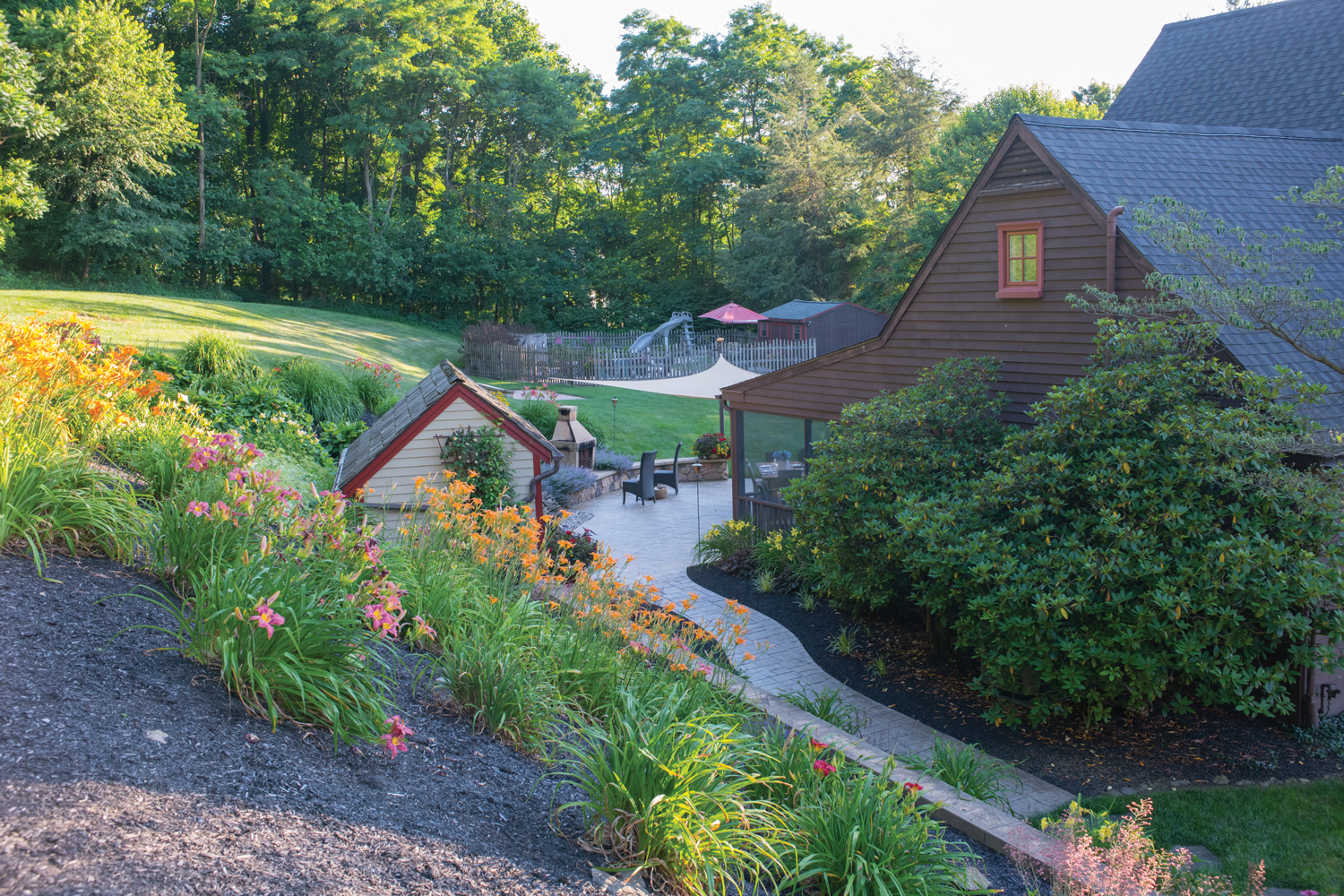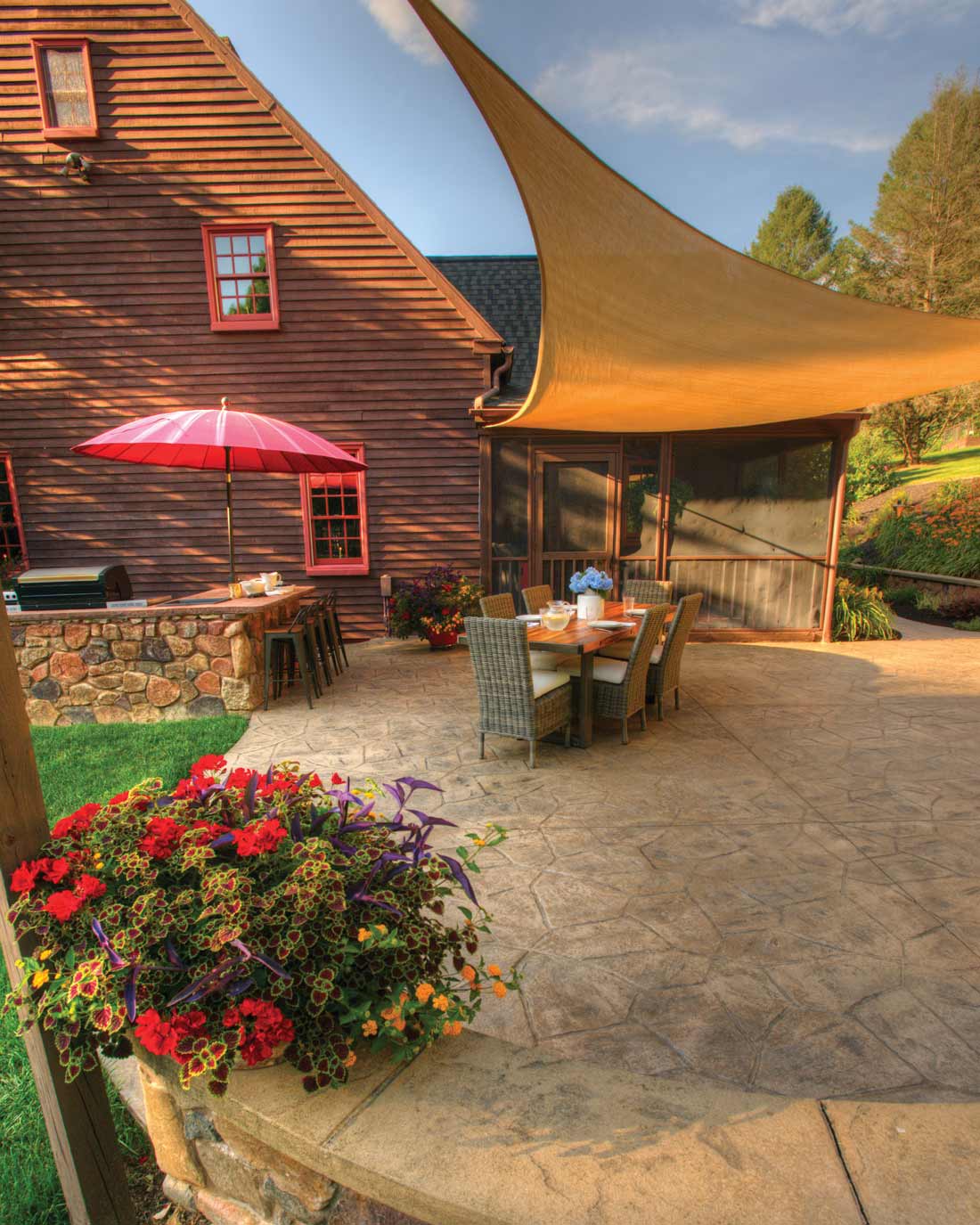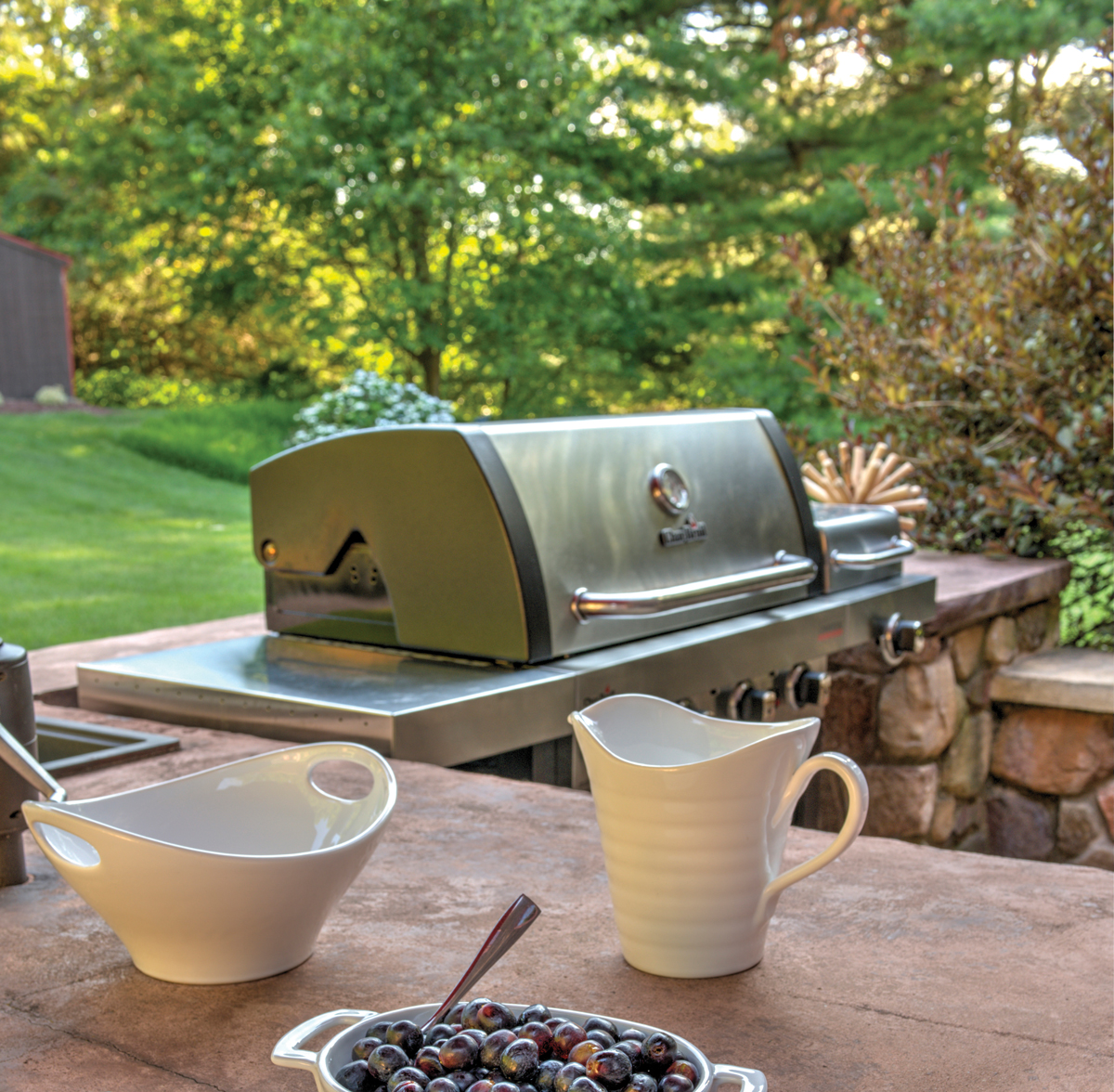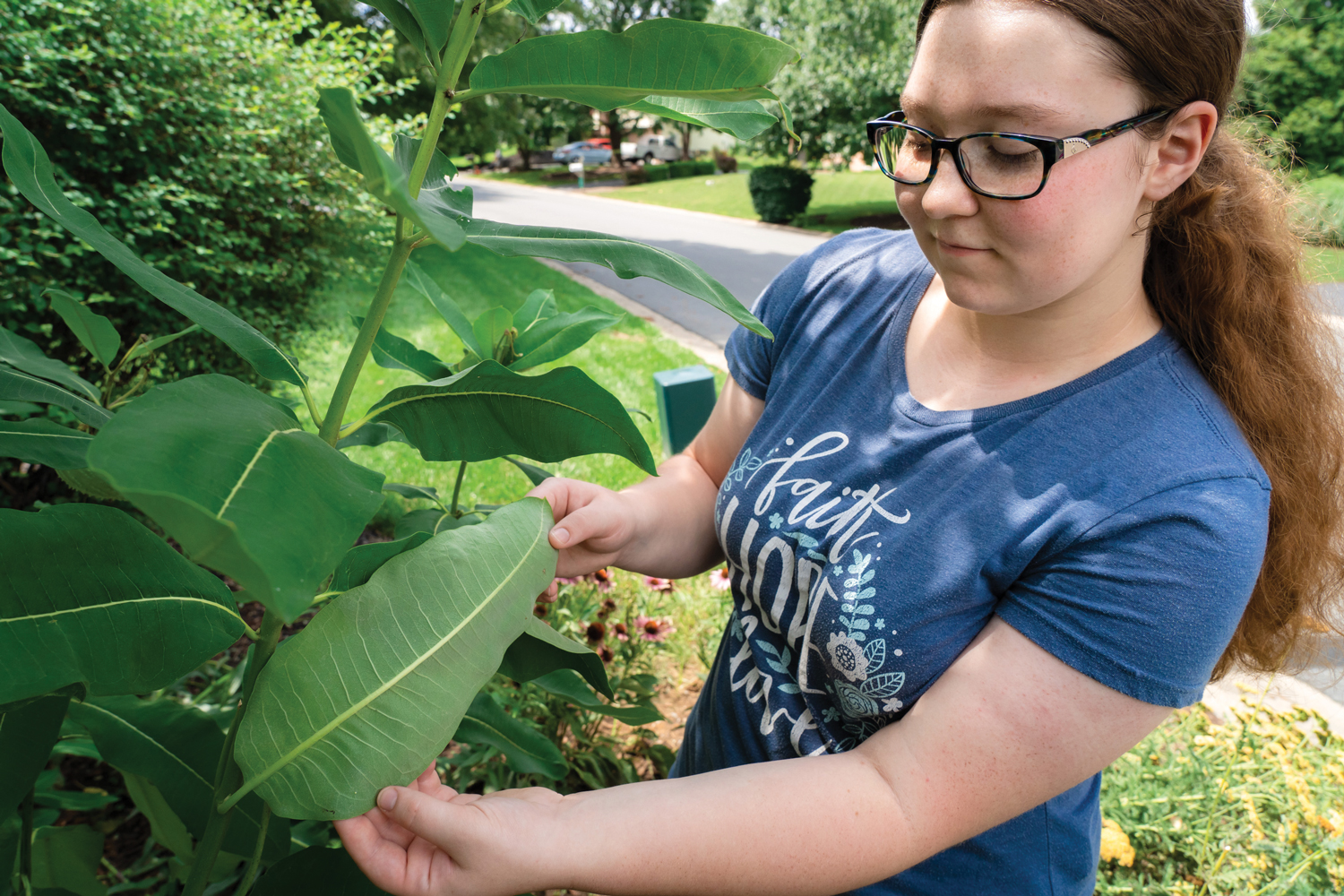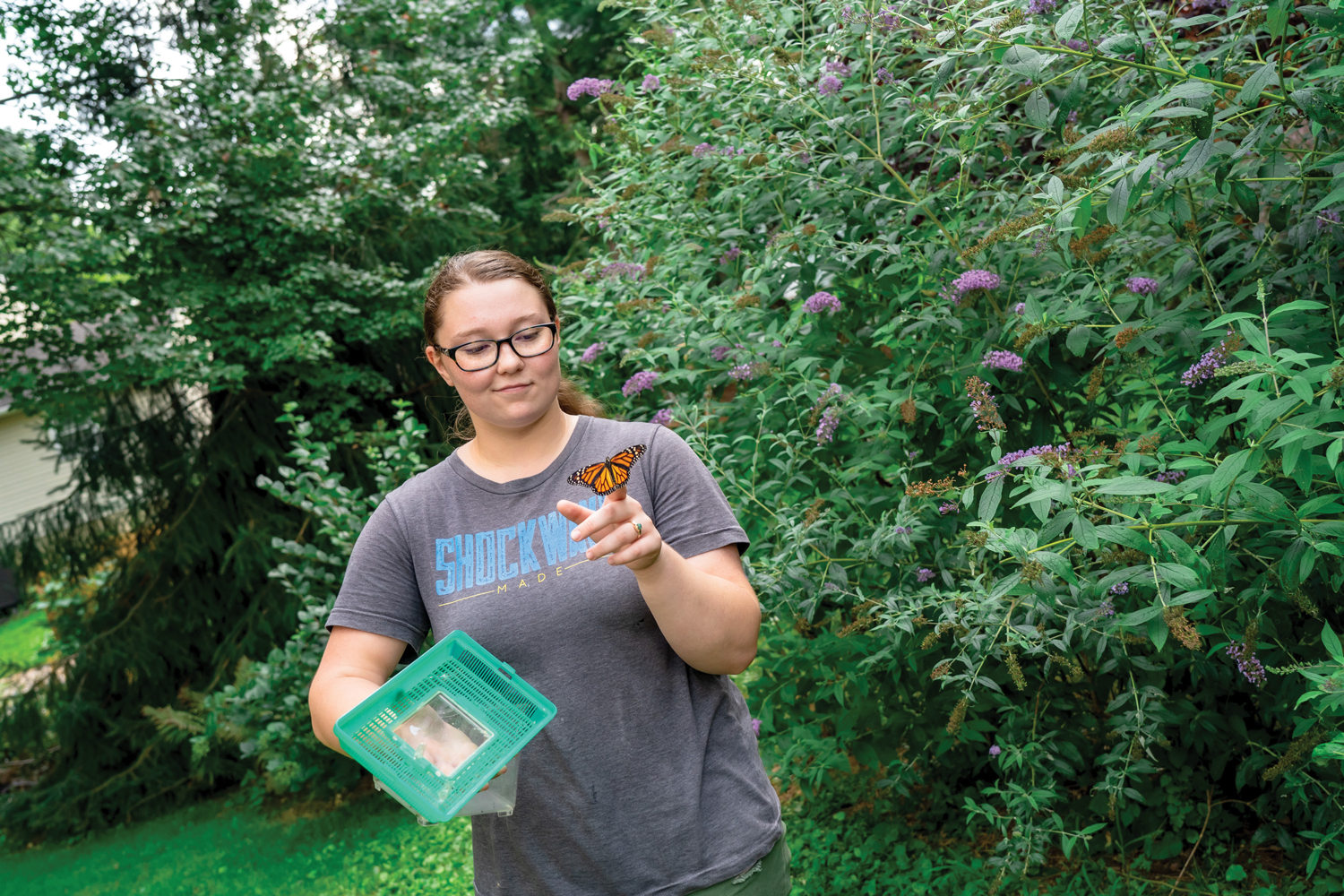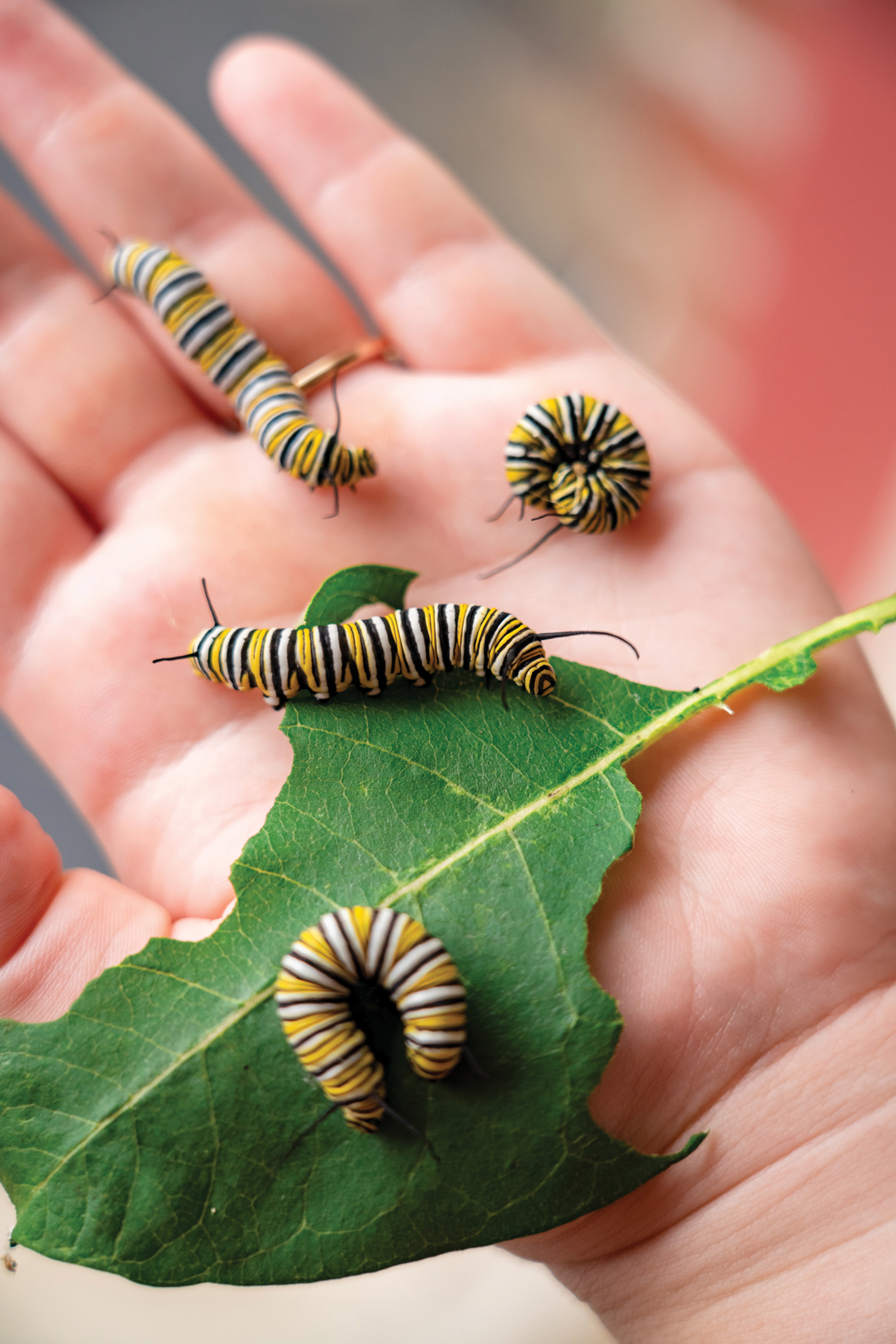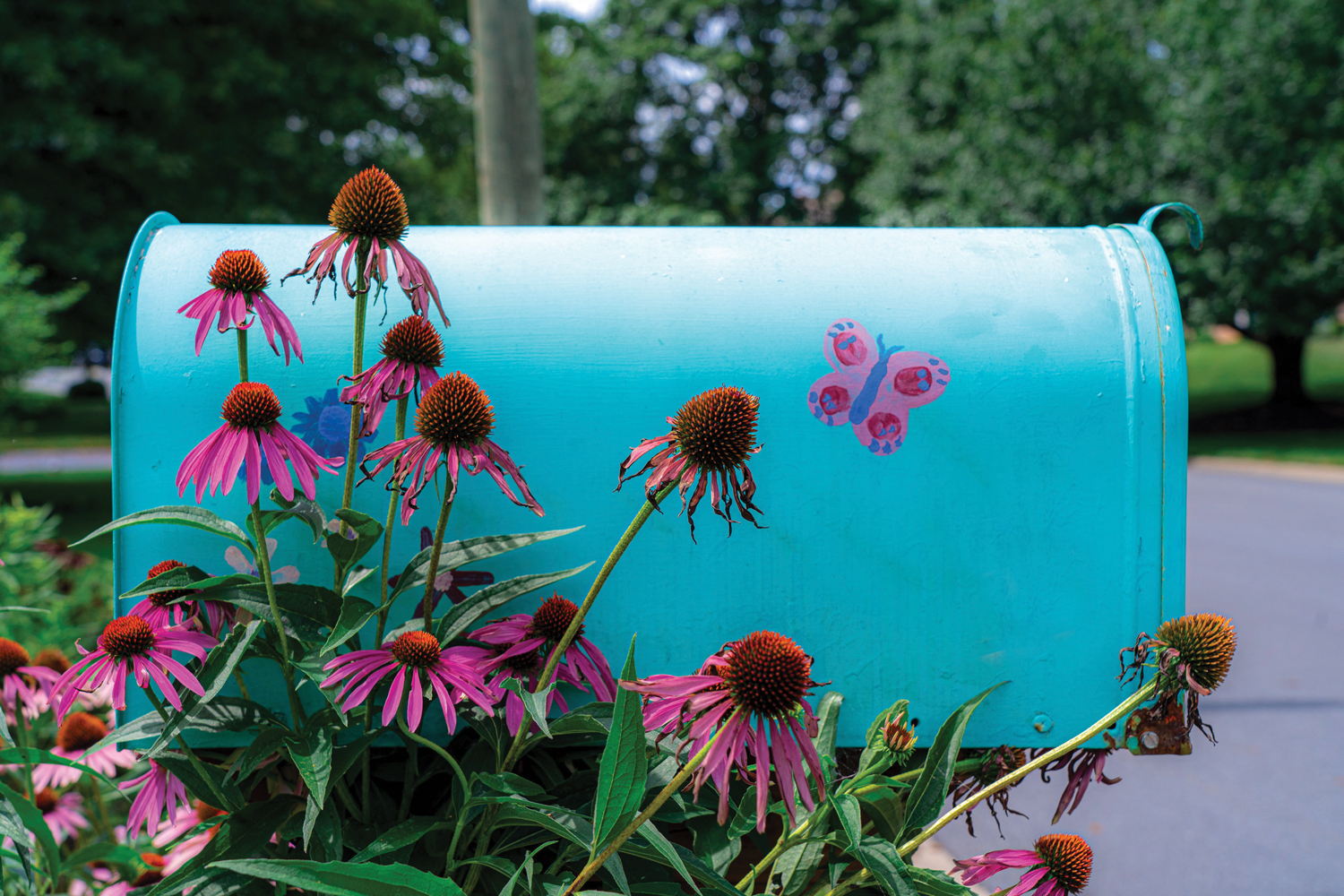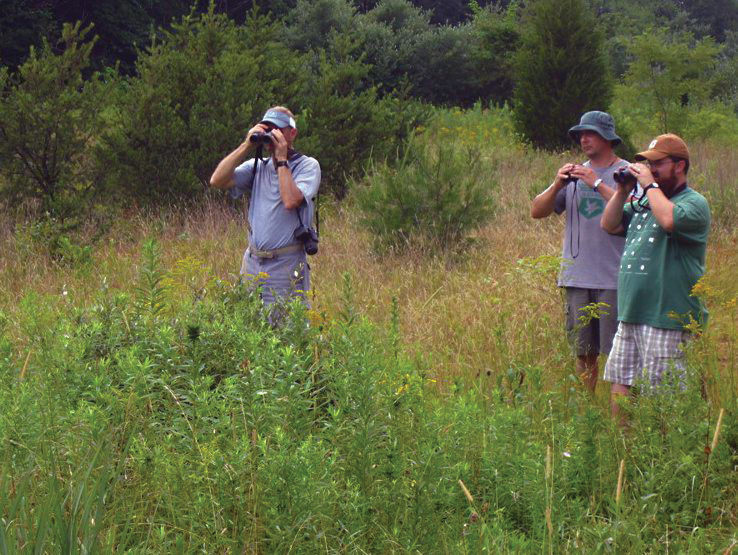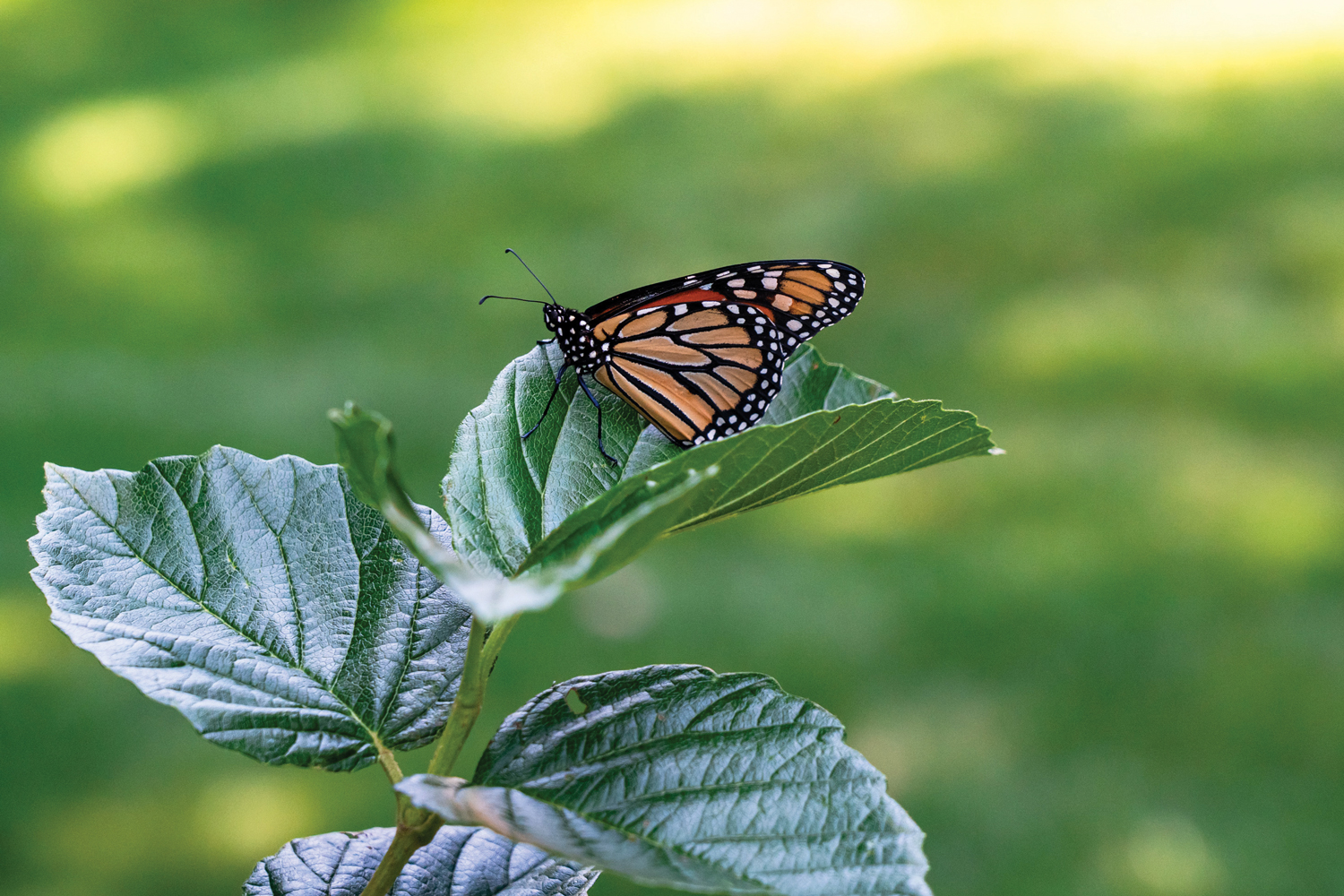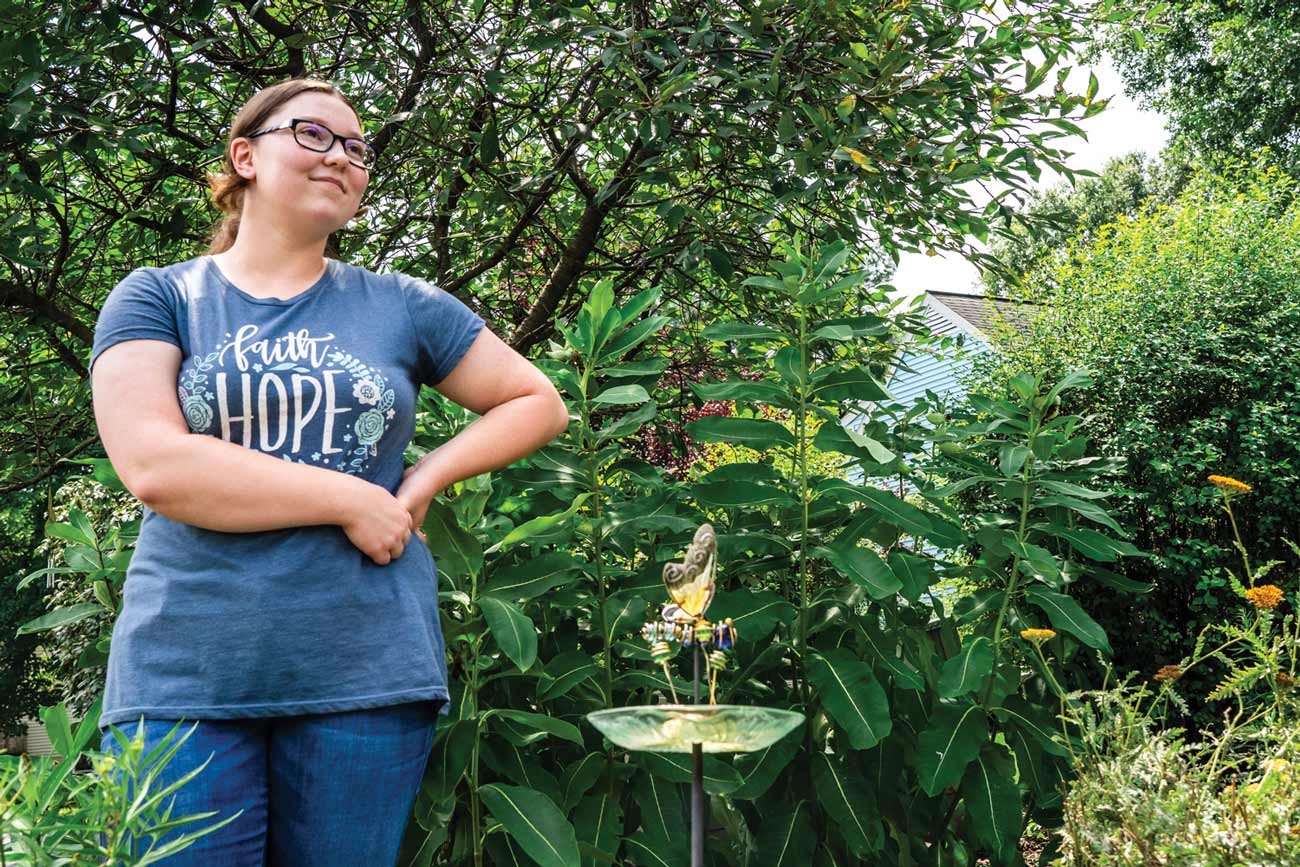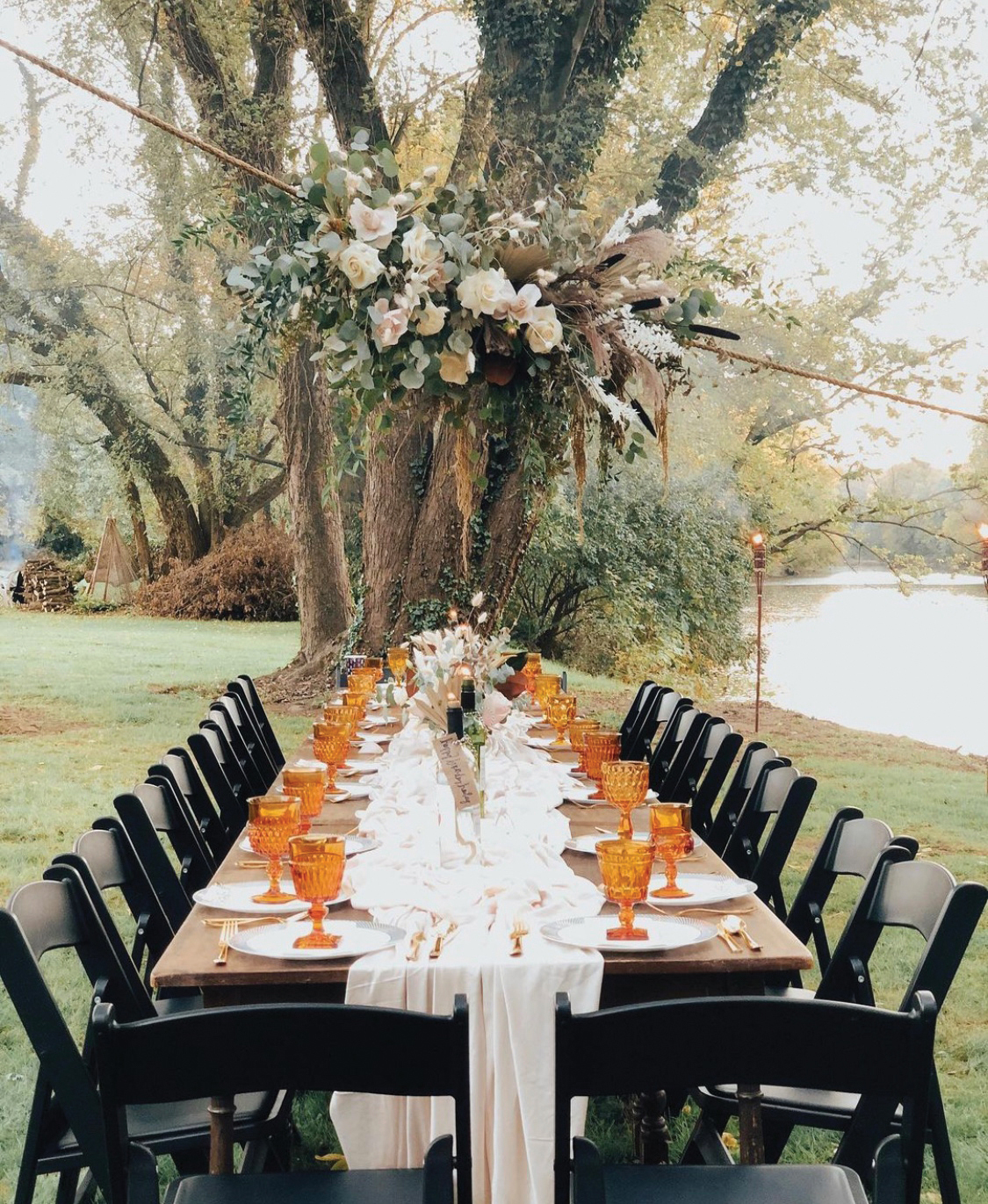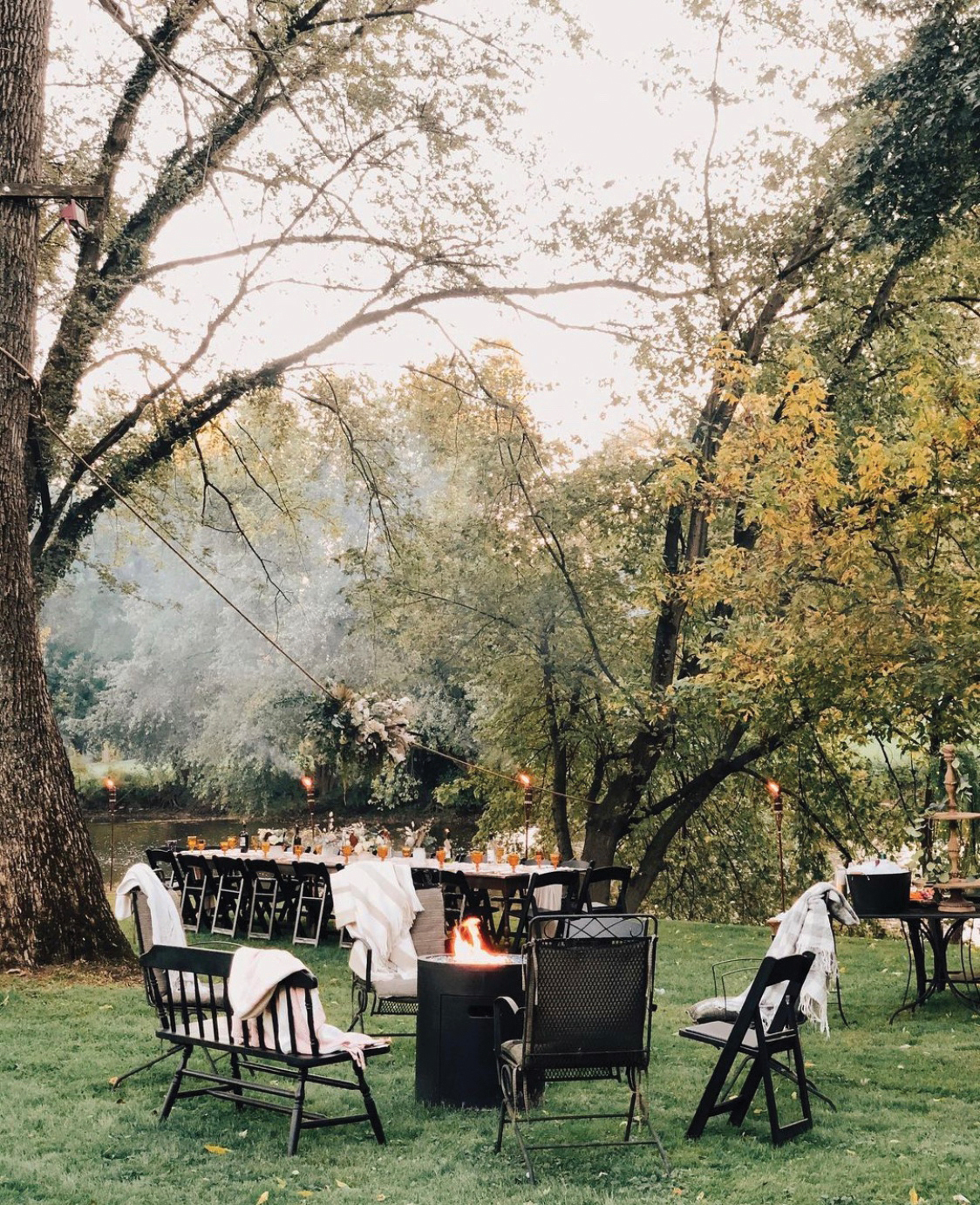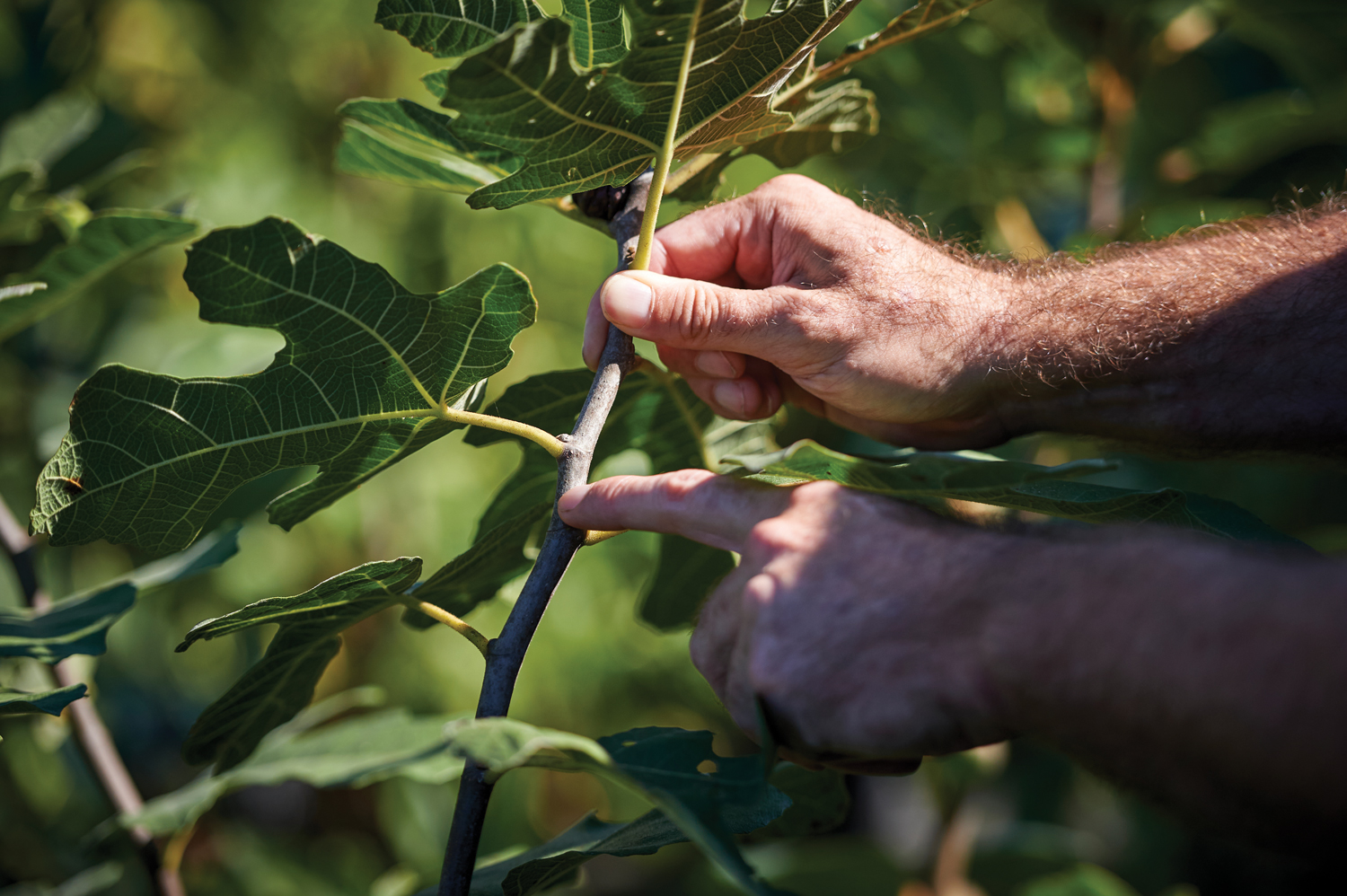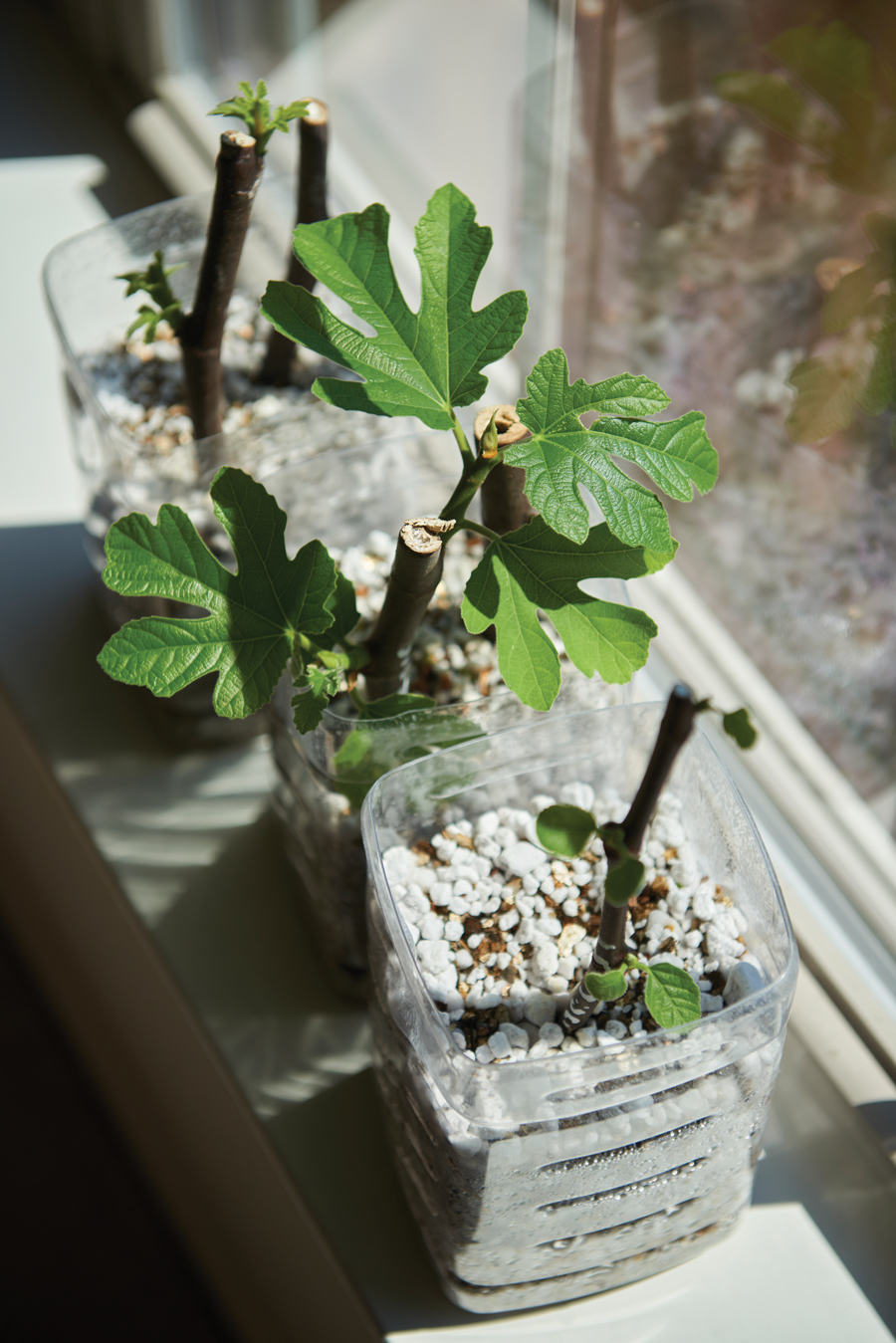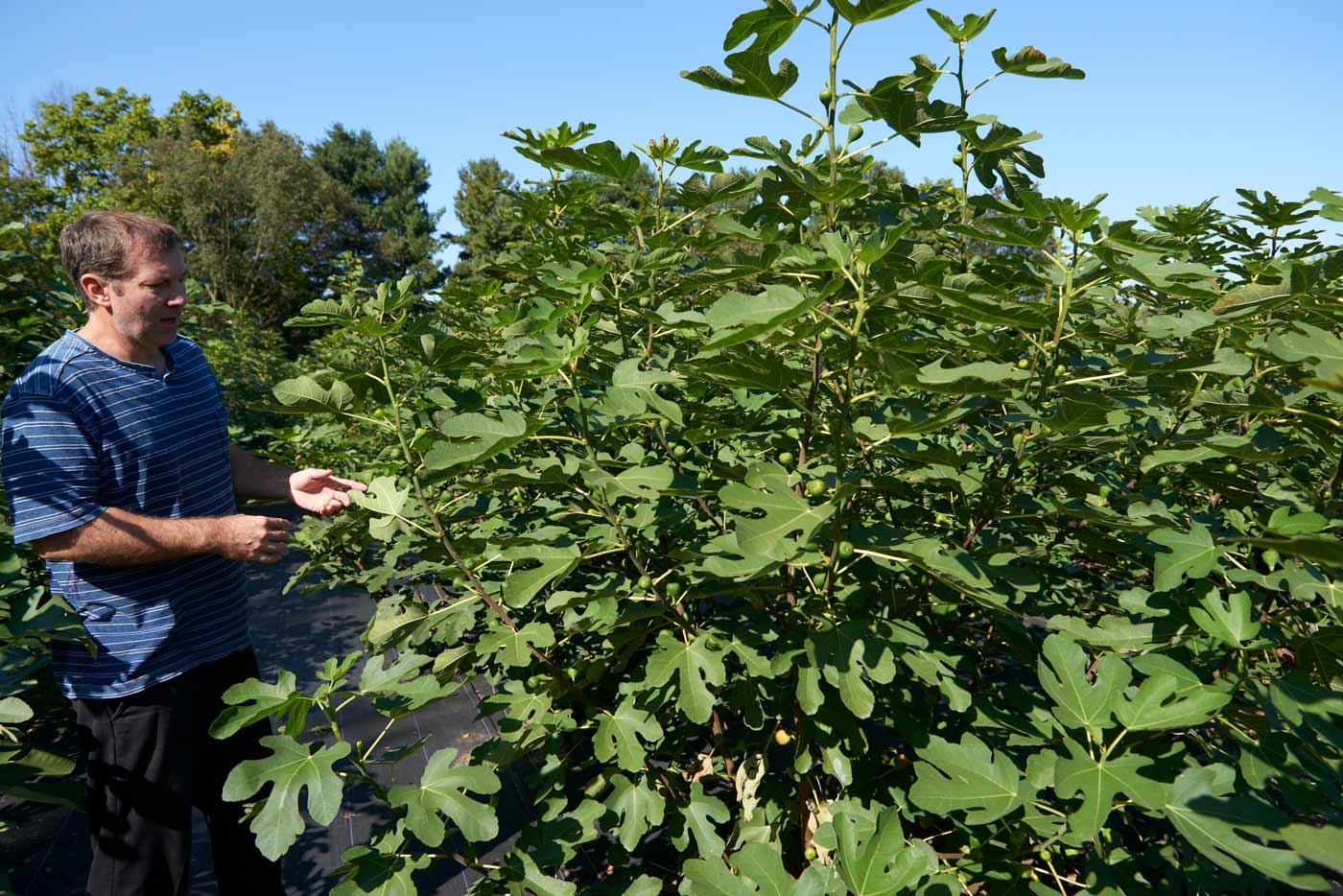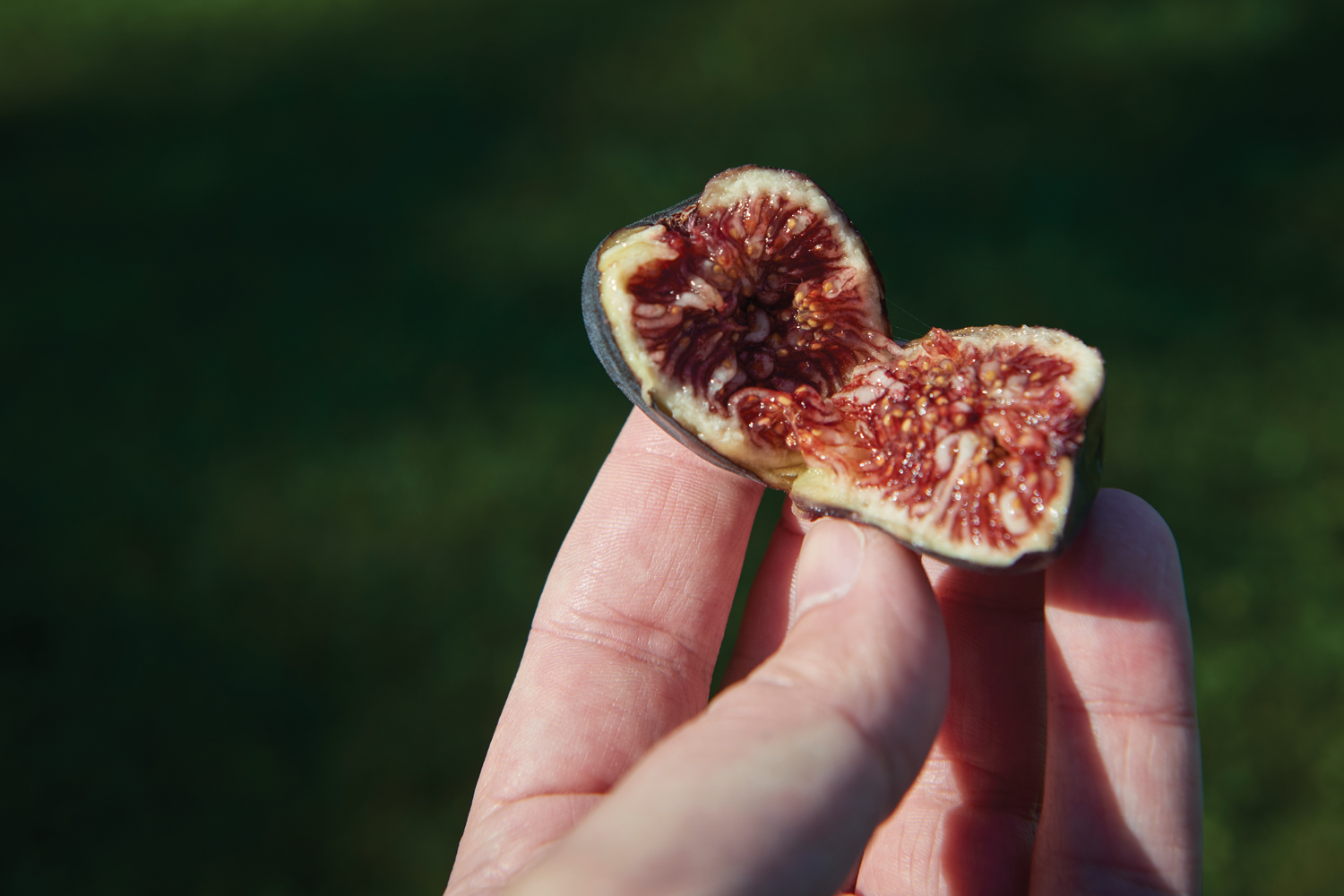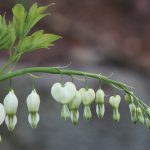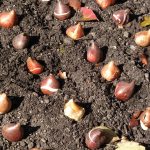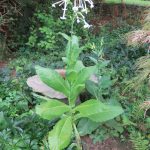
Photo courtesy of Columbia Market House.
After undergoing extensive renovations, the Columbia Market House will officially reopen on May 29, with a weekend of events planned to celebrate. The revitalized market features year-round farm stands and vendors, a restaurant and an event space for weddings and other special occasions.
The historic market has been closed since 2017, when it shut down due to slowing business. It was able to reopen through a public-private partnership between CHI St. Joseph Children’s Health and the Borough of Columbia. The market will be managed by CHI and embody their commitment to a healthy Columbia, providing residents with access to healthy, affordable food within walking distance.
The multi-million-dollar renovation project included newly installed polished concrete floors, air conditioning, new bathrooms, a seating area and a kitchen for the anchor restaurant, Gypsy Kitchen.
Owned by husband-and-wife restaurateurs Ed and Ellen Diller, Gypsy Kitchen offers take-out and full-service dining within the market. Their menu features colorful dishes using fresh, local ingredients. For dessert, Ellen crafts tempting baked goods, cookies and homemade ice creams. One day per week, Gypsy Kitchen will offer a pay-what-you-can option; meals will have a suggested contribution amount, but patrons are not required to pay. Payments for meals will support the restaurant in feeding neighbors who may not be able to afford a healthy meal.
The market will also feature 20 vendors, with an emphasis on healthy offerings. Bear Fruit will feature healthy alternatives to sweets, such as chocolate-covered bananas and strawberry skewers. Fuel Madness and Pulire will both offer wholesome options, such as fresh juices, smoothies, chia bowls, salads and prepared meals. Other food vendors include Andy’s Market, The Golden Whisk, Dough Heads Stuffed Waffles and The Freinschaft Soup & Cellar, to name a few.
As far as non-food vendors, flowers from Fulton Street Flora, handmade pet treats from Just 4 Paws & Hooves and all-natural products from Norse Naturals will be available.
For a full list of vendors, click here.

Photo courtesy of Columbia Market House.
Opening Weekend Events:
Friday, May 28: Taste of the Market House – Sneak Peek Event (Sold Out).
Saturday, May 29: Grand Opening (7 a.m.-3 p.m.). At noon, there will be guest speakers, a ribbon cutting and a soda toast (featuring handcrafted soda selections from one of the Market House’s new vendors – Soda Depot). Throughout the rest of the day, explore the market’s vendors and enjoy live music from local musicians. All are welcome.
Sunday, May 30: Food Truck and Family Day (11 a.m.-2 p.m.). The celebration continues with food trucks and family-friendly activities, including caricature and balloon artists. Food trucks include Cajun Culture, Mara-Leo’s Italian Food Truck, Scoops Ice Cream & Grille and TJ’s Ice Cream Truck. The market’s vendors will not be open during this event. All are welcome.
The market is located at 15 South Third Street, Columbia. Hours are Wednesdays, 10 a.m.-6 p.m. and Saturdays, 7 a.m.-3 p.m. For more information, call 717-947-6524 or visit columbiapamarkethouse.org.



